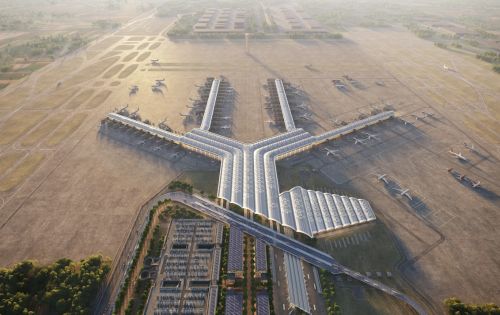Experts say that the first half of 2010 brought a noticeable recovery to the Polish office development market. The number of completed office buildings is growing, as is the demand; while rents along with vacancy rates have stopped falling at last. Although we are still far from the pre-2008 state of affairs, things are now improving and the outlook is increasingly optimisticRecently the market has shown three concurrent trends. The first is that the highest-class of high-rise office buildings are once again being planned in the largest urban centres. The second is for intelligent business parks to be built on the outskirts, bringing together rich complexes of buildings with additional infrastructure – for example, restaurants, fitness clubs and other services. The third trend, although still a fairly niche one, is for the conversion of historic buildings into small office facilities with unusual designs. What is interesting is that there are plans to open office parks in special






























































